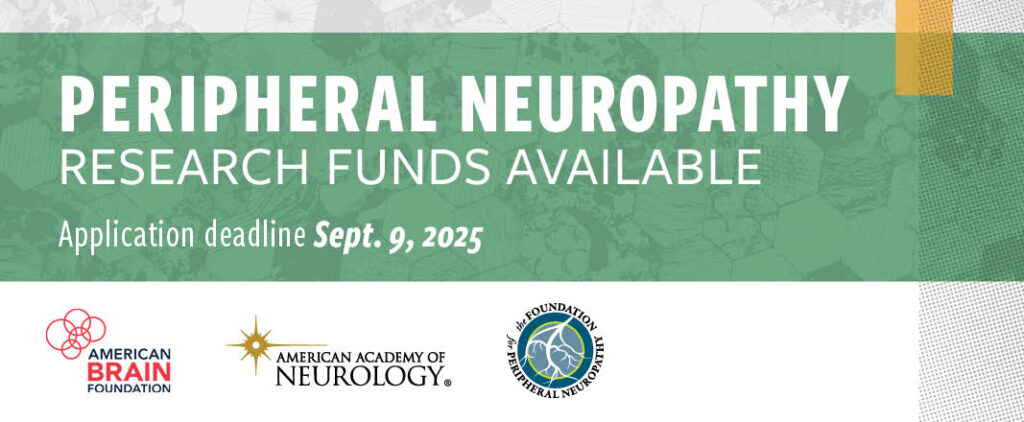Medical Cannabis for Peripheral Neuropathy Treatment – Part 2 of 5
This is the second of five articles on medical cannabis and its use as a peripheral neuropathy treatment.
The History of Cannabis Use
by Dr. Rosemary Mazanet
Hemp is one of the earliest crops cultivated by humans dating back 10,000 years ago, providing a source of food, fiber, oil and paper for these civilizations. But cultivators recognized that some of the plant varieties had medicinal properties as well. One variety of plant was tall and durable; this became what we now know as industrial hemp. The heavy flowered buds of a second variety were known to have psychoactive effects, and these “cannabis” plants were grown separate from the hemp plants in order to isolate their “medicinal” characteristics.
The first mention of medical use of cannabis dates back to around 2700 B.C. when the Chinese described the plant as a medicine with many uses, including arthritic pain as well as constipation, malaria, rheumatic pain and female disorders. Over the next millennium, its use spread to India, and eventually to Europe, where it was noted in the 1780s that certain marijuana plants from India were intoxicating and could be made into hashish. This was in contrast to the common traditional European hemp crops, which had no mind-altering effect. The famous scientist Lamarck named the Indian Cannabis “indica” to distinguish it from European hemp, which became known as Cannabis “sativa.” Cannabis indica was sold as a therapeutic in Western medicine (including the US) during the 1800s.
Today, it is widely accepted that marijuana has two different species: Cannabis indica and Cannabis sativa.
CANNABIS SATIVA
Cannabis sativa is generally classified as the taller and more robust producer of the Cannabis genera. Traditionally, the medicating effect of a sativa is often characterized as uplifting and energetic. Patients often seek sativas for that experience. Sativas are a good choice for daytime medication and can be effective in the treatment of nausea, headaches and migraines, fatigue, and loss of appetite.
CANNABIS INDICA
Cannabis indica generally presents with shorter, stockier, plants that have denser leaves and slightly less yielded flower. The medicating effect is most often described as a pleasant full body relaxation–sometimes inducing drowsiness. Indicas are great for relaxation, stress relief, and overall sense of calm and serenity. Cannabis indicas are also very effective for overall body relief from chronic pain.
CANNABIS HYBRIDS
A Hybrid Genetic is created by selectively breeding two different genetics together to create a product that melds together the desired individual attributes of the “parent” genetics. Hybrids are a great way to blend various traits that can help provide relief to a qualifying condition that presents a diverse set of symptoms. Hybrids that are an equal balance, 50%/50% of each parent, tend to provide an equivalent measure of each plant.
This is the second in a series of five articles on medical cannabis by Dr. Mazanet for the Foundation for Peripheral Neuropathy:
- The Status of Legalized Medical Marijuana and What is Dispensed
- The History of Cannabis Use
- How Does Cannabis Work?
- The Benefits and Effects of Medical Cannabis
- How to Use Medical Cannabis
About the author: Dr. Rosemary Mazanet, MD, PhD, was trained in Internal Medicine (Brigham and Women’s Hospital, Boston) and Medical Oncology (Dana Farber Cancer Institute, Boston), and has been active in the Biotechnology community for the last 30 years. Currently she is involved in strategic drug development and is the head of the Scientific Advisory Board for Columbia Care, Inc, a company that grows and dispenses legal medical cannabis in nine states.






